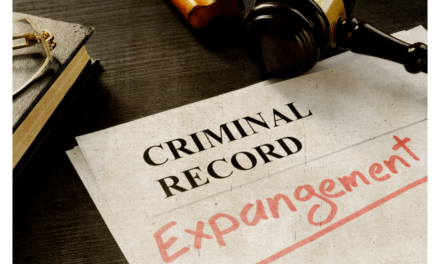
Photo: Vladimir Gjorgiev via 123RF
Consumer protection is a vital aspect of any thriving economy. It ensures that consumers are treated fairly and have the means to address issues they may encounter when dealing with businesses. The Consumer Financial Protection Bureau (CFPB) plays a crucial role in safeguarding consumers’ interests in the United States.
To demystify the CFPB, we’re diving into their role and the process for consumer complaints.
What Is the Consumer Financial Protection Bureau?
The Consumer Financial Protection Bureau (CFPB) is a federal agency established under the Dodd-Frank Wall Street Reform and Consumer Protection Act in 2010. It officially opened its doors in July 2011, and its primary mission is to protect consumers by promoting transparency, fairness, and competition in the financial services industry. The CFPB regulates various financial products and services, including mortgages, credit cards, student loans, and payday loans.
Unlike the Better Business Bureau, which also works to protect consumer rights, the CFPB regulatory agency has the authority to enforce federal consumer financial protection laws. It works to ensure that financial institutions comply with these laws.
What Are the Key Responsibilities of the CFPB?
The CFPB’s key responsibilities include:
- Consumer Education. The CFPB provides resources and educational materials to help consumers make informed financial decisions. Topics and resources include credit scores, mortgage loans, student loan repayment, and financial literacy for adults and kids.
- Rulemaking and Supervision. The bureau creates and enforces rules and regulations that govern financial institutions and their practices. It also supervises and examines financial institutions to ensure compliance with these rules.
- Complaint Handling. One of the essential functions of the CFPB is to handle consumer complaints related to financial products and services.
- Data Collection and Analysis. The CFPB collects and analyzes complaint data to identify patterns of unfair or deceptive practices in the financial industry. This information helps the bureau develop new regulations and policies to protect consumers more effectively. They also design and conduct research on consumer finance and household behavior, measure the financial well-being of adults in America through surveys, and maintain databases of information such as small business lending resources and mortgage trends.

Photo: alexlmx via 123RF
What Are the Steps for Filing a Complaint at the CFPB?
Let’s explore how the complaints process works. Here are the steps:
1. Filing a Complaint
Consumers can submit complaints about financial services, including bank accounts, loans, credit reports, and debt collection, to the CFPB. The CFPB suggests trying to remedy the situation with the company before submitting a complaint. Complaints cover a range of issues, such as billing disputes, improper credit reporting, and deceptive practices by financial institutions.
Submissions should include the following information:
- A concise description of the issue, including important dates, amounts, and communication with the company.
- Supportive documentation such as statements or communication records.
- A selected company from the list in the form or complete their contact information.
- Contact information, including name, email, phone number, and address.
2. Complaint Review
Upon receiving a complaint, the CFPB reviews the details provided by the consumer. This step may involve contacting the consumer for additional information and verifying the complaint’s accuracy. If applicable and consistent with the law, the CFPB may share the complaint with state and federal agencies.
3. Forwarding to the Company
After a thorough review, the CFPB forwards the complaint to the financial institution or company involved. The company is required to respond to the CFPB and the consumer within a specific timeframe, typically 15 to 60 days.
4. Resolution
The financial institution must investigate the complaint and attempt to resolve it. If a resolution is reached, the CFPB monitors the outcome to ensure the consumer is satisfied.
5. Escalation
If the consumer is unsatisfied with the resolution proposed by the financial institution, they can escalate the complaint. The CFPB may take further action, including mediation or legal enforcement, to resolve the issue.
6. Public Database
To promote transparency, the CFPB maintains a database of consumer complaints. This database is accessible to the public and available for consumers to research companies and their complaint histories.
How Should Employees Submit Reports of Misconduct?
Employees aware of or who suspect potential misconduct can file reports through the CFPB. The Freedom of Information Act protects reporters, and submissions are confidential. Relevant information includes “conduct that may potentially violate any rules or laws over which the CFPB has authority. It may also include information or analysis about problematic policies or procedures, insufficient compliance management systems, or inappropriate or unlawful data gathering or analysis.”

SPONSORED BY JPMORGAN CHASE
Learn more about JPMorgan Chase
The post The Role of the Consumer Protection Bureau in Safeguarding Consumers appeared first on AFRO American Newspapers .











